From the Pastor’s Desk
Dear St. Mary’s Parishioners:
This week, I will continue the questions and answers about the language in which we pray the Mass and about sacred music.
What else does Vatican II say about sacred music?
Sacrosanctum Concilium (SC), 112 states:
The musical tradition of the universal Church is a treasure of inestimable value, greater even than that of any other art. The main reason for this pre-eminence is that, as sacred song united to the words, it forms a necessary or integral part of the solemn liturgy [….] Therefore sacred music is to be considered the more holy in proportion as it is more closely connected with the liturgical action, whether it adds delight to prayer, fosters unity of minds, or confers greater solemnity upon the sacred rites. But the Church approves of all forms of true art having the needed qualities, and admits them into divine worship.
The fact that SC, 112 states that the musical tradition of the Church is “greater even than that of any other art” is a pretty big deal. Think of all the beautiful churches you have seen over the years and throughout the world. Think of all the beautiful sacred paintings and other pieces of art that you have seen. Still, the Church’s musical tradition is greater than all of these. Why? Because when the song and the words are put together, it is integral to the liturgy. In other words, while the beauty of the architecture and the church building are certainly important elements of the Mass, they are not the most important. They are not integral to the Mass. But the way the prayers of the Mass are prayed, chanted or sung is integral and therefore “greater than that of any other art”. It seems to me, then, that that the type of music we use at Mass should really be quite different from any other music. To be sure, music for the Mass should not be secular music. It should be sacred or “set aside” in a special way for the celebration of Mass.
SC, 114 adds the following: “The treasure of sacred music is to be preserved and fostered with great care.” Like anything else, but especially when dealing with the way we pray, if something is beautiful and valuable, we want to preserve it and foster it. If one has a really nice car, one takes good care of it. If one has a beautiful and costly violin, one makes sure it is protected from the elements. Even more so with sacred music. It is “to be preserved and fostered with great care”.
Then, what sort of music should be used at Mass?
SC, 116 states:
The Church acknowledges Gregorian chant as especially suited to the Roman liturgy: therefore, other things being equal, it should be given pride of place in liturgical services.
Gregorian chant “should be given pride of place in liturgical services”. In this way, we see that if we are really trying to celebrate and pray the Mass according to the Second Vatican Council, we would be praying the way that these key paragraphs of Sacrosanctum Concilium indicate. That’s what we are trying to do at St. Mary’s Parish.
Many blessings to you this week!
In Christ,
Father Berg
